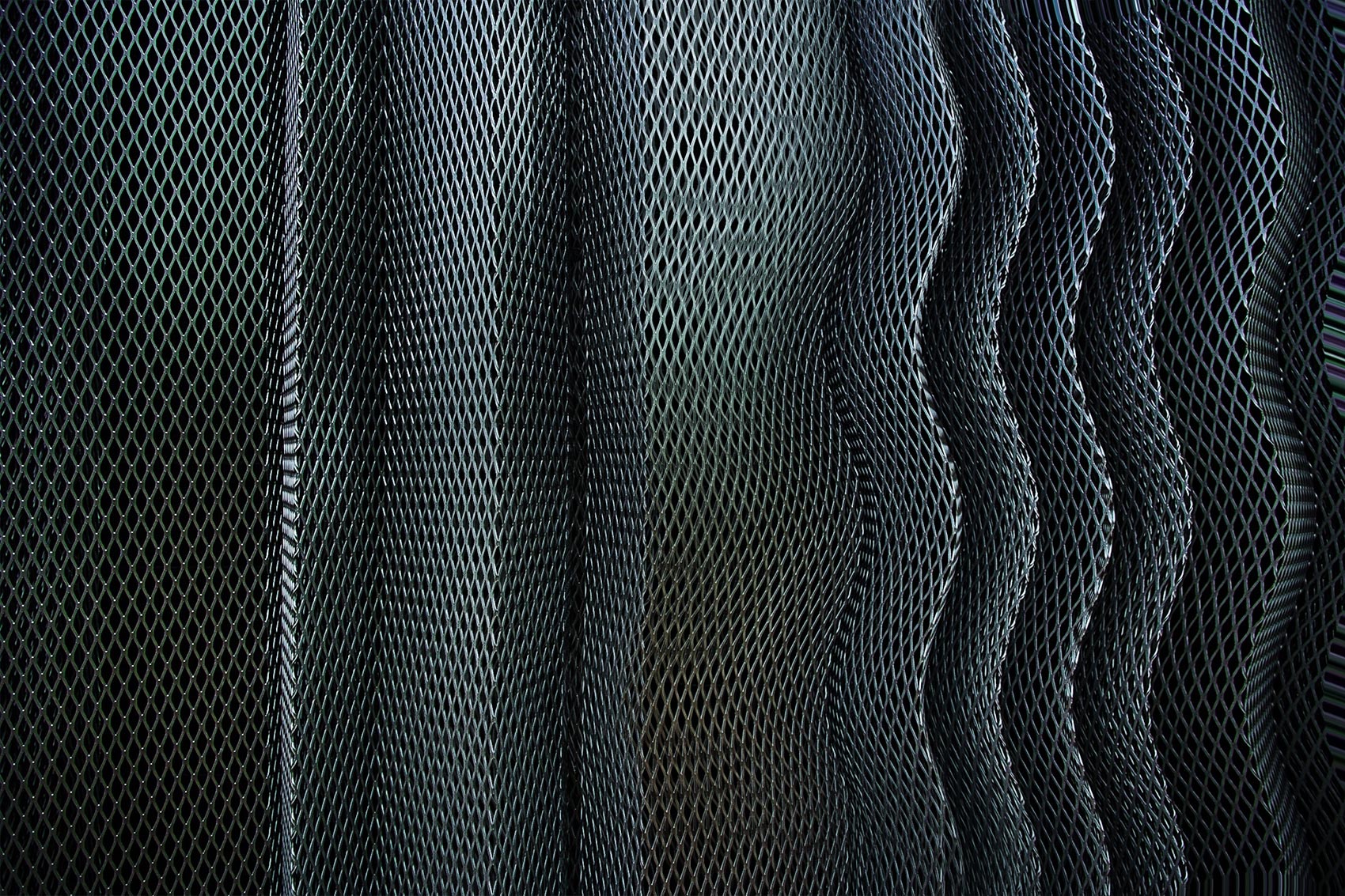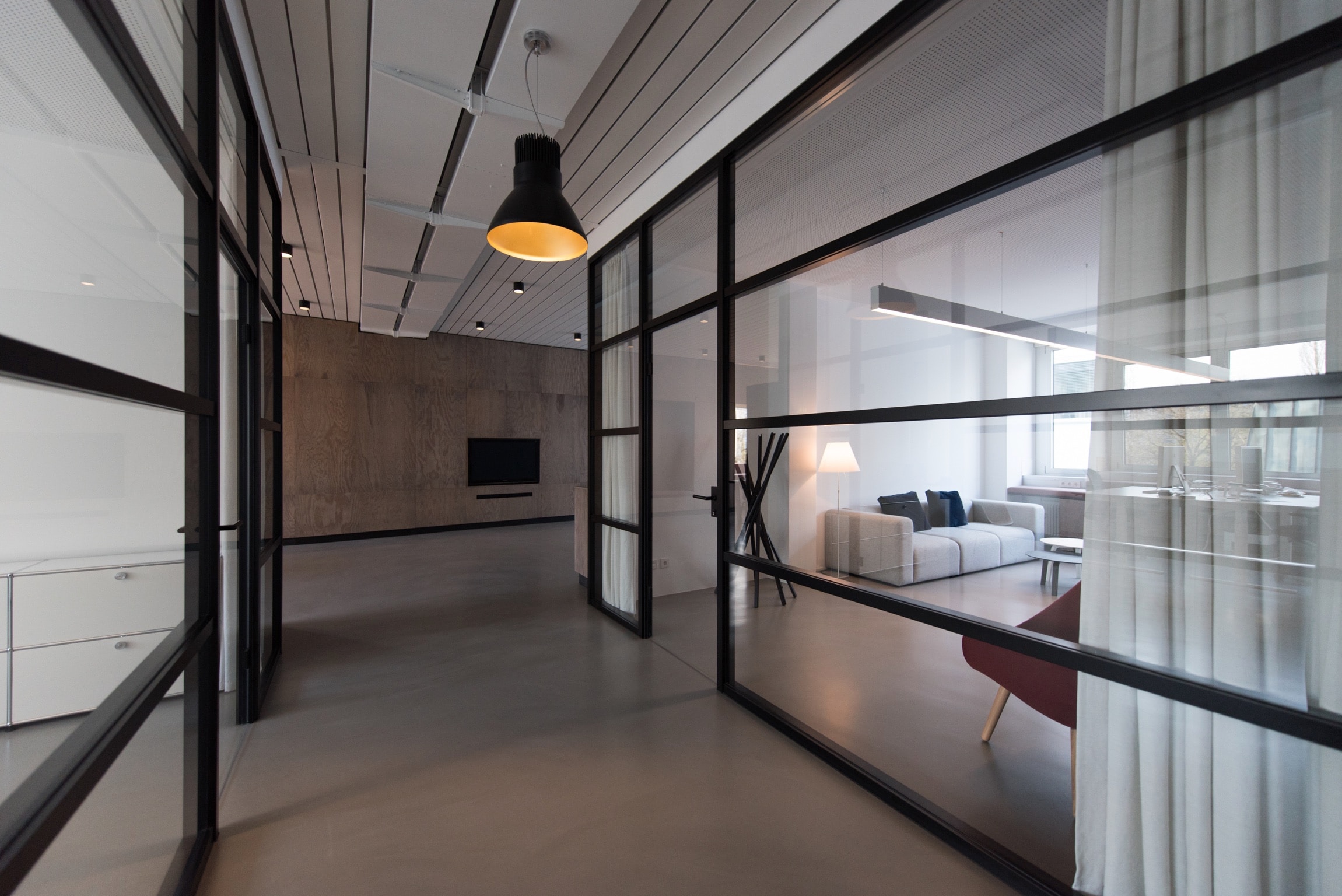
When sound reaches an obstacle, one of three things can occur:
- Absorption - the barrier absorbs the sound and dissipates it as heat.
- Transmission - the sound passes through the obstruction
- Reflection - the obstruction reflects back the sound
Sound transmission loss quantifies how much sound energy a partition prevents from passing through. This can be meaningful for determining the efficacy of acoustic treatments used in certain engineering applications.
Sound transmission loss is related to both the sound energy transmission through a barrier as well as the sound energy remaining on the receiving side of the barrier. In addition, frequency plays a key role. Transmission loss will vary when using the same barrier being affected by different frequencies.
Measurement, Application, and STC
Measuring transmission loss can be an effective way to assess the acoustic qualities of certain products. These can include car mufflers, air duct systems, and engine noise. The measurements are also used for determining acoustic materials’ ability to reduce noise, such as building panels and insulation.

STC can help us determine the effectiveness with which a floor-to-ceiling partition will reduce sound.
In general, greater mass in the divider or partition results in more transmission loss. However, many other attributes can factor into the true sound transmission loss achieved by given materials, including air gaps and material interlayering.
STC (Sound Transmission Class) is an integer rating of how well a partition abates noise. It was developed as a way to rate interior partitions, tested by emitting noise in one completely sealed chamber and taking a reading from a second, through a partition composed of the material being tested. The resulting decibel reduction more or less determines the corresponding STC. Due to the testing method, although it is widely implemented in the U.S., STC is not necessarily a clear indicator of acoustic performance in many of the real-world applications for which it is used.
In an indoor setting (such as inside a building), STC is a useful metric for measuring the effectiveness of a wall or seal meant to decrease the transmission of sound energy. However, given realistic variations that occur from environmental and boundary conditions, especially in open spaces, STC can quickly be rendered ineffective.
Portable Noise ControlEcho Barrier was designed to help contractors effortlessly have their noise mitigation measures taken care of, so that they can get on with their job and the surrounding inhabitants can go about in peace. Get in touch to learn about how Echo Barrier can improve your project's efficiency. |
.png?width=384&name=20141228_EarlsCourt_%20(368%20of%20375).png) |

